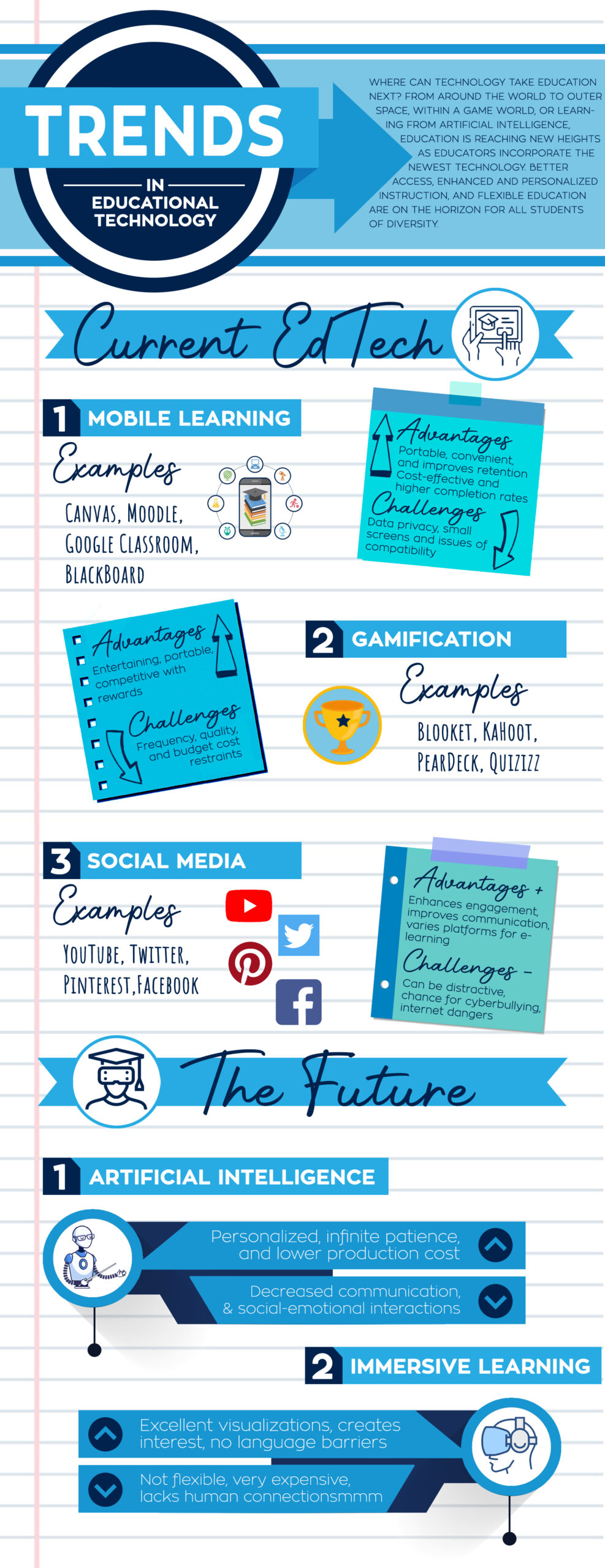
References
Alexander, B., Ashford-Rowe, K., Barajas-Murphy, N., Dobbin, G., Knott, J., McCormack, M.,
Pomerantz, J., Seilhamer, R. & Weber, N. (eds.) (2019). EDUCAUSE Horizon Report:
2019 Higher Education Edition. 282 Century Place, Suite 5000 Louisville, CO 80027:
EDUCAUSE. ISBN: 978-1-933046-02-0
The Evolution of Technology in the Classroom. Purdue University Online. (n.d.). Retrieved from
https://online.purdue.edu/blog/education/evolution-technology-classroom
Friedman, L. W., & Friedman, H. (2013). Using Social Media Technologies to Enhance Online
Learning. Journal of Educators Online, 10(1), 1-22.
Hicks, P. (2021, May 12). The Pros and Cons of Using Virtual Reality in the Classroom.
eLearning Industry. Retrieved from https://elearningindustry.com/pros-cons-using-
virtual-reality-in-the-classroom
Gupta, G. (2022, March 3). Pros and Cons of Gamification. eLearning Industry. Retrieved
from https://elearningindustry.com/pros-and-cons-of-gamification
Iliev, P. (2020, October). Educational Technologies Based on Artificial Intelligence: Some Pros
and Cons. In 2020 International Conference Automatics and Informatics (ICAI) (pp. 1-6).
IEEE.
Marr, B. (2022, February 21). The Five Biggest Education and Training Technology Trends in
2022. Forbes. Retrieved from https://www.forbes.com/sites/bernardmarr/2022/02/18/the-
five-biggest-education-and-training-technology-trends-in-2022/?sh=734e38f62f4d
What Are Current Trends and Issues in Educational Technology? Tech Journal. Retrieved from
https://techjournal.org/current-trends-and-issues-in-educational-technology/
